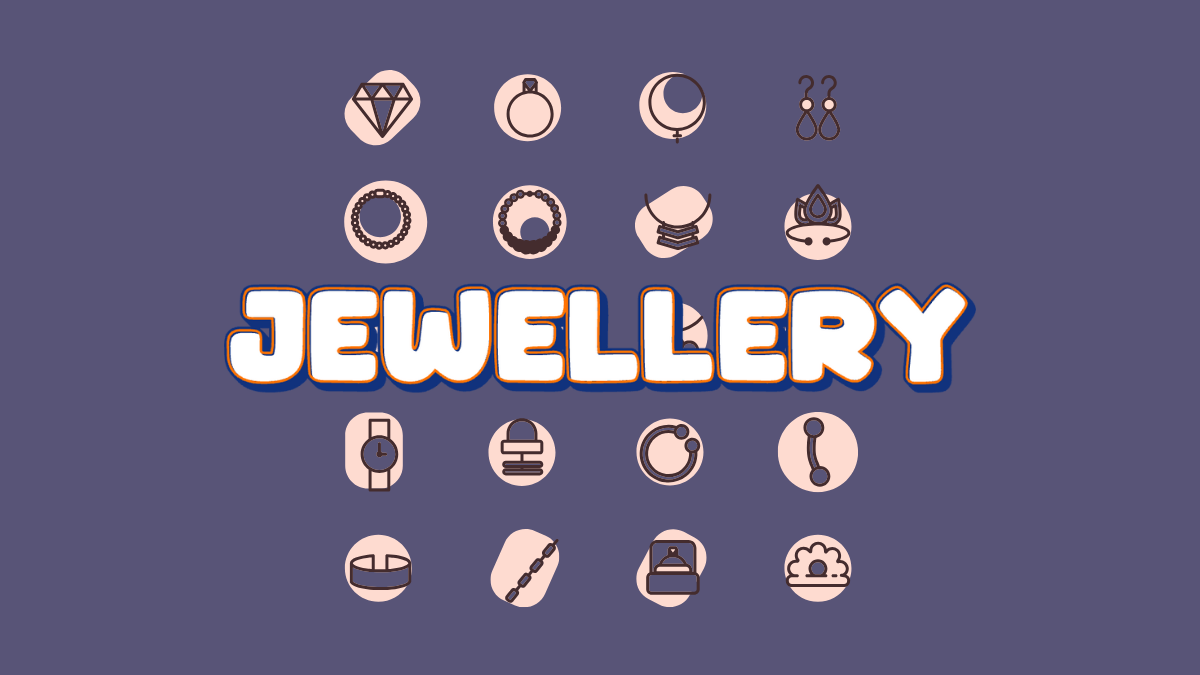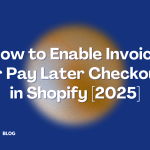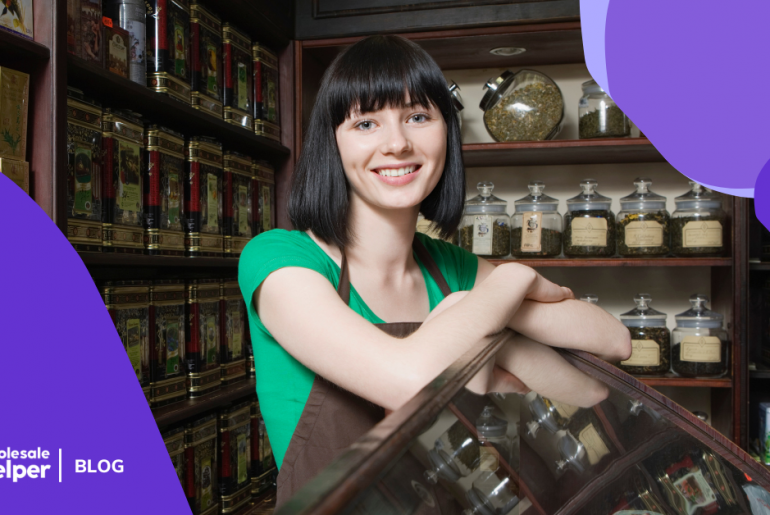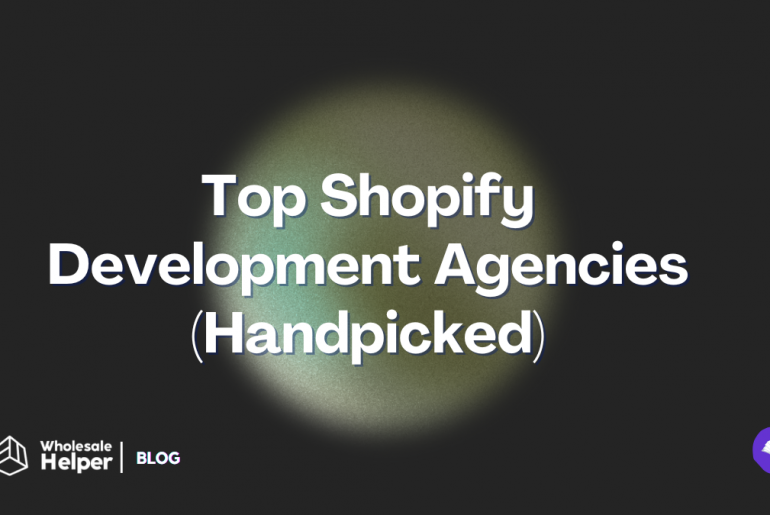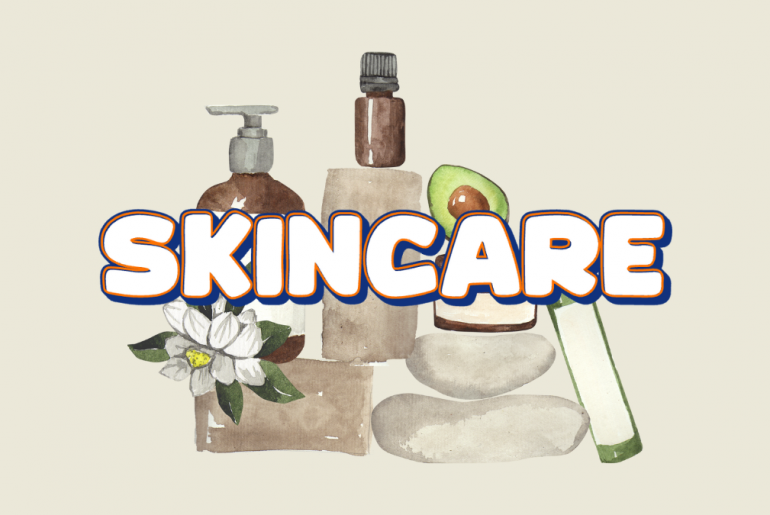The jewellery industry requires a special fusion of accuracy and artistry. Even though a piece may begin with an idea, the price of metal, the amount of time spent at the bench, and the expense of a perfect finish all play a role in how it ends up on a retailer’s shelf.
This guide is a hands-on playbook for wholesale jewellery pricing. We’ll show you how to build your prices from the ground up, so every quote you send is grounded in math, not guesswork.
Find Your Perfect Wholesale Price in Seconds
Calculate My Wholesale Price for FREE
Instantly calculate the right price to maximize profit and keep your customers happy.
The Anatomy of a Piece’s True Cost in Wholesale Jewellery Pricing
Your total unit cost directly determines your final wholesale price. We’ll break down every element that contributes to it.
1. The True Cost of Metal: Beyond the Spot Price
The cost of your metal is the most fundamental part of your price, but it’s more complex than just today’s spot price.
- Gram Weight: Your starting point is the finished weight of the piece in grams.
- Purity: This is the percentage of pure metal in your alloy (e.g., 14K gold is 58.3% pure).
- Spot Price: The current market price of the metal.
- Fabrication Premium: This is the cost charged by your supplier to turn raw metal into the form you need (e.g., wire, sheet, casting grain).
- Wastage: An often-missed cost. You lose metal during casting, filing, polishing, and stone setting. You must add an allowance for this, typically 2-5% on simple castings and 5-8% on intricate micro-pavé work.
For vermeil or plated jewelry, you must add a separate line item for the plating cost, calculated by the surface area and the thickness in microns. This is a common point of margin leakage.
2. Pricing Stones: Carats, Cuts, and Breakage
For every stone, you must account for its cost per carat and any additional fees.
- Price Per Carat: This is the bulk of your stone cost.
- Cutting & Sorting: A small, but real, cost. If you’re buying from a dealer, this is usually included, but for large lots or custom cuts, it’s a factor.
- Breakage Allowance: In micro-pavé work, a small percentage of tiny stones can break during setting. Adding a tiny reserve for this protects your margin.
For colored stones, standardize your quality grades (“A,” “AA,” “AAA”) and set a price range for each. This makes quoting faster and gives your buyer a clear understanding of what they are getting.
3. Bench Time: A Master’s Work, Priced Professionally
Your labor is one of your most valuable assets. You need a clear, consistent way to price it.
- The price you charge for an hour of bench work is known as your hourly shop rate. The jeweler’s salary and benefits, your targeted labor profit margin, and overhead like studio rent and equipment should all be included. The typical range could be between $45 and $80 per hour, depending on the field and degree of experience.
- Labor Menu: Create a simple menu of common tasks with estimated times. This makes your quotes repeatable.
- CAD/Casting Prep: 0.6–1.2 hours for a small pendant.
- Stone Setting: 0.2–0.5 hours for a simple prong setting, and 0.8–1.5 hours for micro-pavé.
- Hand Finishing/Polishing: 0.2–0.4 hours.
4. Packaging, Findings, and Hidden Overheads
These are the small costs that add up.
- Findings & Consumables: Every piece has components you didn’t make—chains, clasps, posts, jump rings, etc.
- Packaging: Jewelry boxes, dust bags, anti-tarnish cards, and mailer boxes are all examples of packaging.
- Compliance: The price of assay testing, hallmarking, and making sure your materials adhere to requirements like nickel-free.
- Overheads: A small percentage for photography, marketing, payment processing fees, and insurance.
5. Building in Your Safety Net
Finally, you need a reserve for the unexpected. A 1-3% reserve is standard for fine jewelry to cover porosity issues, alloy flaws, or small repairs that happen after a product is sold.
Also Read
- Wholesale Pricing for Home and Living Stores – A Comprehensive Guide
- How to Strategize Wholesale Pricing for Coffee Business?
How to Calculate Your Final Wholesale Jewlerry Pricing
With your true cost in hand, you can now build a price that works for your business and your partners.
The Calculation: Markup vs. Margin
Knowing the distinction between markup and margin is essential. You double your cost with a 2.0x markup, but the margin is only 50% rather than 100%. A buyer will always think in margin, so you should too.
- Margin = (Price – Cost) / Price
- Mark-up = (Price – Cost) / Cost
Two Core Pricing Models
- MSRP-Led (Retail First): You set a Manufacturer’s Suggested Retail Price (MSRP) that fits your brand’s positioning in the market. Then, you calculate your wholesale price by giving retailers the margin they need. For fine jewellery, this is typically 50-60% off MSRP, while fashion jewellery may be higher at 60-70%.
- Wholesale-Led (Your Margin First): You decide on your target gross margin first (e.g., 50%). Your wholesale price is then calculated as Cost ÷ (1 – Target Margin). After you get that number, you check to see if the resulting MSRP still works for your retail partners.
Pro Tip – You can use a dedicated Wholesale Pricing Calculator to determine how exactly to set your Wholesale Jewellery Pricing.
Ready to impress your B2B customers? Start wholesaling like a pro! 🙂
Try our Wholesale Pricing Discount app for free !
Trusted by over 15,000 Shopify merchants
The Art of Selling Jewelry Wholesale
Matching Your MOQs and Tiers to How Buyers Shop
Your wholesale strategy should make it easy for a buyer to order exactly what they need for their customers.
- Rings: Rings are always sold as a size curve. Your MOQ should be based on a full-size run (e.g., sizes 5-9) with a standard distribution (e.g., 1-1-2-3-2).
- Chains/Bracelets: MOQ should be by the inner case (6-12 units) per length and finish.
- Tiered Pricing: Your discounts should be tied to real business efficiencies. For fashion jewelry, this might be a small discount for orders over 24 units, and a deeper one for orders over 72 units. For fine jewelry, the breaks will be smaller and often based on total order value (e.g., $5,000, $15,000).
Rules That Help You Stay Solvent
- Hallmarks & Stamps: Make it clear that you will add your unique maker’s mark, purity mark, and official hallmark (such as the UK Assay Office) to fine jewelry. This is a non-negotiable part of your professional policy.
- Repairs & Replating: Publish a simple menu for common repairs like clasp replacements or rhodium replating. This keeps you from losing money on a temporary solution and establishes your brand as a trustworthy partner.
- Returns: You must have a 14–30 day return policy is typical for new, unopened items.
- MAP Policy: By offering online sales discounts on popular hero merchandise, a MAP (Minimum Advertised Price) policy keeps your retailers from undervaluing your brand.
Geo-Specific Rules to Remember
- UK/EU: Hallmarking is mandatory in many cases. Wholesale quotes should always be ex-VAT while MSRPs can be quoted inc-VAT.
- US: Lab-grown diamonds, gold-filled metal, and plating thickness claims are all subject to stringent disclosure requirements under the FTC Jewelry Guides.
- India: BIS hallmarking is required for gold jewelry. Certain import taxes on different metals and stones must also be taken into consideration, as they will impact your costs.
Ways to set up Wholesale Jewellery Pricing on Shopify
If you are running a Shopify store, and want to implement this wholesale jewellery pricing on Shopify, there are primarily two ways to do this:
- Shopify Plus: You can use the Shopify Plus plan to set up wholesale functionality on your store, like bulk ordering, wholesale sign-up forms, volume discounts, net payment terms, gated login functionality, and more. However, Shopify Plus can get super expensive for the majority of stores.
- Using Shopify Wholesale Apps: There are purpose-built wholesale apps that you can find on the Shopify App Store. Using these apps, you can achieve most of the features of Shopify Plus, without spending $2,000+ per month. Some of the apps are:
- Wholesale Pricing Discount B2B : To set up wholesale pricing and volume discounts, offer net payment terms, create wholesale sign-up forms, create advanced shipping rates, managing international taxation, running a B2B+B2C store together, and more.
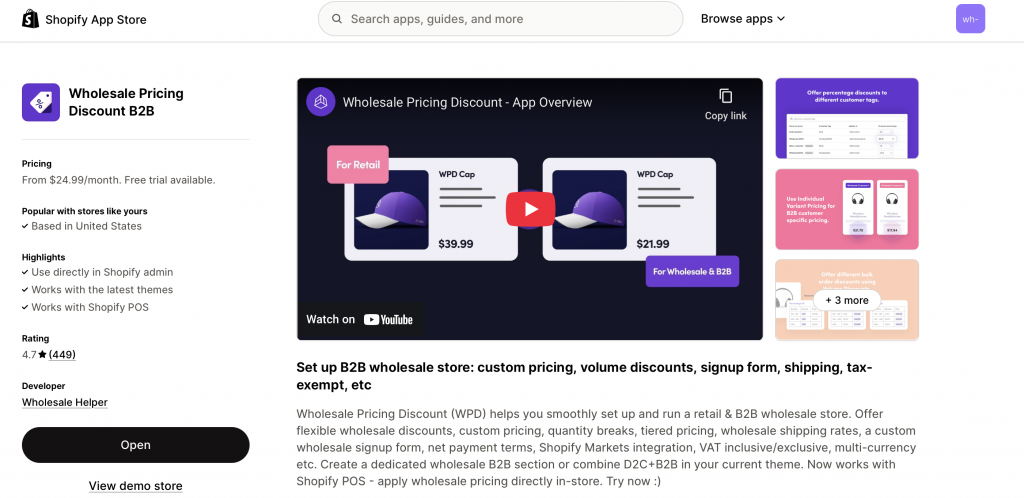
- Wholesale Lock Manager B2B: This wholesale and B2B app on the Shopify app store helps you to create a personalised shopping experience on your store for both retail and B2B customers. Using the app, you can hide products, prices, collections, pages, and more from specific customers based on tags. You can also implement gated login using this app.
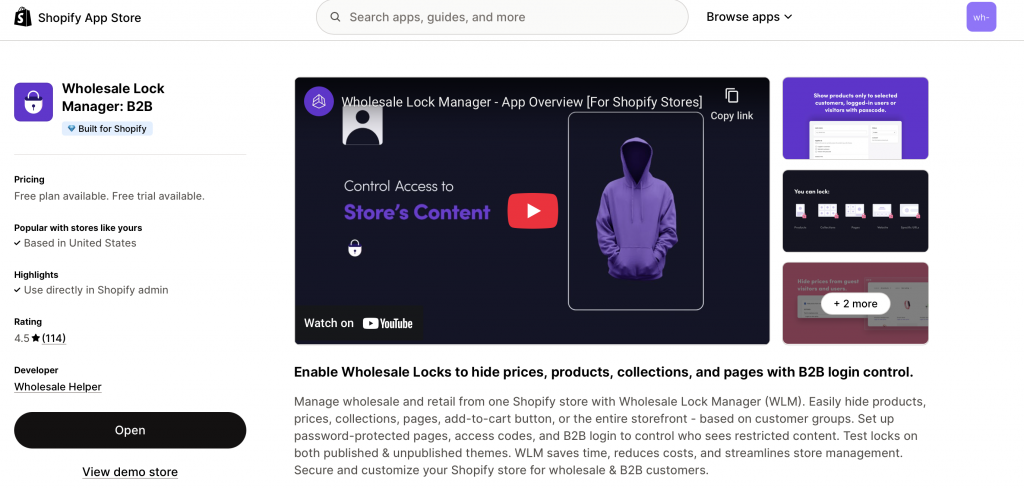
- WSH Order Form & ReOrder: Your B2B buyers would generally want to place bulk orders, and this Shopify Wholesale App helps you achieve exactly that. You can set up a bulk order functionality, and a quick reorder page using this app on your Shopify store.
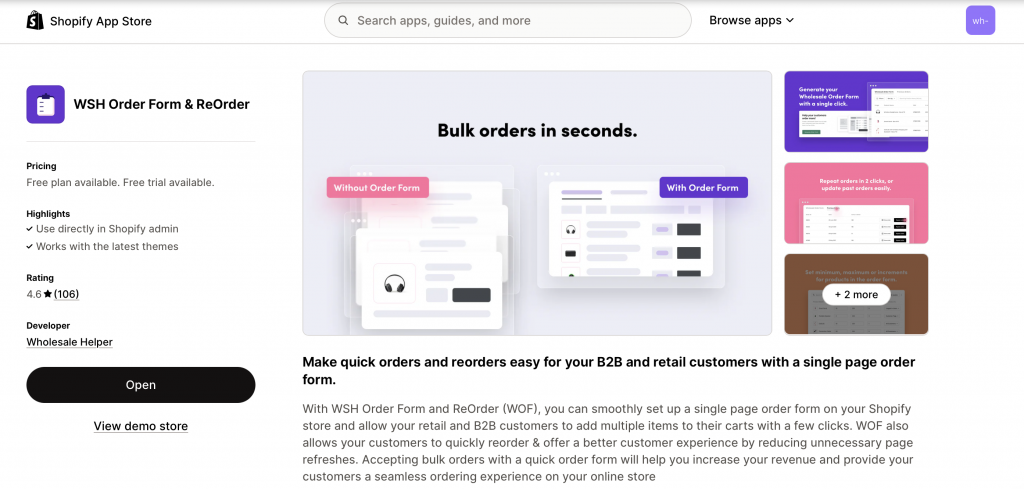
Ready to impress your B2B customers? Start wholesaling like a pro! 🙂
Try our Wholesale Pricing Discount app for free !
Trusted by over 15,000 Shopify merchants
Frequently Asked Questions on Wholesale Jewellery Pricing
How do I account for a volatile gold price in my quotes?
A great strategy is to use a metal-surcharge hybrid model. You set a base wholesale price and then publish a small, per-gram surcharge that is indexed to the current spot price. This keeps your quotes clear for your customers and shields your margins from fluctuations in the market.
How does pricing change depending on the distinction between vermeil, gold-filled, and gold-plated?
Gold plating is a low-cost, extremely thin layer of gold (less than 0.5 microns).
Over sterling silver, vermeil is a significantly thicker layer of gold (at least 2.5 microns). This adds a significant, predictable cost to your price.
Gold-filled is a thick layer of gold bonded to a base metal, which is priced differently and is much more durable than plating. A distinct pricing strategy based on material cost and durability is needed for each of these.
How can I calculate “bench time” and what does it mean?
The amount of time an artisan spends creating a single piece of jewelry is known as bench time. Soldering, stone setting, polishing, and final inspection are all covered. To calculate it, break down each task into its component parts, then multiply the total time by your shop rate per hour.
How do I handle returns of fine jewellery?
Returns are a significant business risk for fine jewellery. Returns should only be accepted for non-custom, unworn, and unopened items. Always have a clear policy that requires a return authorization and publish it on your line sheet. This keeps your company from losing money on a valuable item that isn’t able to be sold as new.
What is a “resizing fee,” and how should I handle it?
A resizing fee is a charge for adjusting a ring size. A good strategy is to offer one free resizing for every 24 rings sold within a set period (e.g., 30 days). You would have already built a small reserve into your wholesale price to cover this cost. For any additional resizing, you can charge a flat fee.
What are the hallmarking rules, and do I need to follow them?
A stamp known as hallmarking ensures that a precious metal is pure. For some kinds of jewelry, hallmarking is a legal requirement in nations like the UK. In other nations, such as the US, it is essential to gaining your customers’ trust. Your price must include the cost of sending your items to an assay office to be tested and stamped.

